AO Edited
Pablo Escobar's Abandoned Secret Island Mansion
Hidden amid the tropical forest in the Caribbean Sea are the decaying ruins of the Cocaine King's luxurious island party home.
Far out into the Caribbean Sea, beyond the bleached white tourist beaches, lies an island whose way of life has remained largely untouched for hundreds of years. La Isla Grande is home to about 800 islanders who sustain themselves mostly by fishing and farming, cut off from the modern world, with no running water and electrical power lines. But this idyll did the get attention of one vacationer, who built a palace, now abandoned. That would be infamous King of Cocaine, the original El Patron, Pablo Escobar.
At the far side of the island, hidden and secluded between the tropical forest and the Caribbean Sea, lies a grandiose complex of luxury buildings. The decay of the structures mirrors the downfall of the man.
At the height of his powers, Pablo Escobar was responsible for around 80 percent of the world’s cocaine. He headed the Medellín drug cartel, smuggling over 15 tons of cocaine into the United States every day. By 1989 he was worth an estimated $30 billion. As befitting one of the world’s richest men, Escobar’s life was filled with excess. As well as countless luxury cars, he had 15 planes and six helicopters. His opulent home in Puerto Tiunfo, the Hacienda Napoles, came complete with his own zoo of rhinoceros, giraffes, elephants, and a dinosaur park made with genuine prehistoric bones.
For his secret party home on La Isla Grande, Escobar’s plans were no less ostentatious. He commissioned a giant complex featuring a mansion, waterfront apartments, a palm court centered around an enormous swimming pool, and helicopter landing pad. With more than 300 rooms for guests and party-goers, no expense was spared, even down to the gold shower heads in the bathrooms. Escobar’s playground resembled a strip from Miami’s South Beach in its 1980s heyday.
After hours of trekking through the Caribbean forest, you will catch a glimpse of white concrete through the thick tropical undergrowth. The forest floor then gives way to an old, ornately tiled pathway that leads into Escobar’s palace. A 30-foot luxury speedboat lies on its side, overgrown with tropical flowers.
The mansion in La Isla Grande, now government owned, has steadily fallen into ruin. Like some kind of coke-fueled Xanadu, the sprawling complex is already being reclaimed by nature. The once-lush gardens are now home to a family of giant wild pigs. Stepping into the main mansion—it had been decorated with white tile and marble—the cracked walls still show the 1980s color schemes of pastel blue and coral pinks. The lobby leads to an immense courtyard, shaded with palm trees overlooking the Caribbean sea. The court is dominated by an oversized and drained pool.
Beyond the swimming pool, a series of broken-down chalets overlooks the ocean. This is where visiting speedboats would have docked, and where heavily armed lookouts were posted. As with the larger structures, the individual chalet apartments have long since begun to deteriorate at the hands of the relentless Caribbean trade winds, while for the people of Isla Grande, life carries on much as it did before Escobar arrived.
Know Before You Go
To get to the island, which is only a few kilometers long, you have to find a special boat from Cartagena. The island is not in Panama. It is in the Islas de Rosario off the coast of Colombia. The location of the villa is shrouded in secrecy - try looking on the internet and not a sniff. Your best bet is to arrive on the island and ask around. Just the way Pablo would have liked it. The easiest route is by speedboat if you can find someone.
Community Contributors
Added by
Plan Your Trip
The Atlas Obscura Podcast is Back!









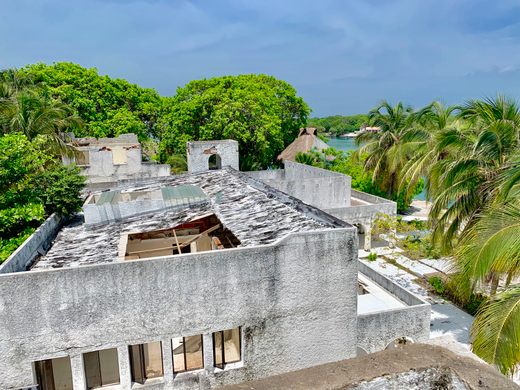
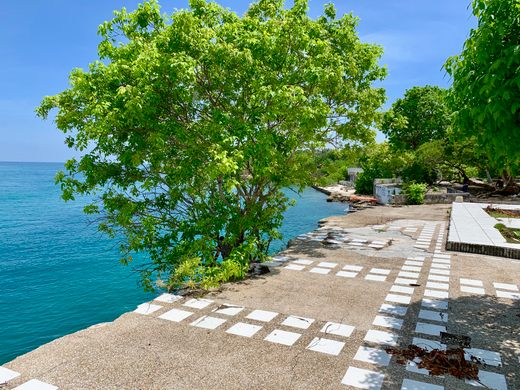
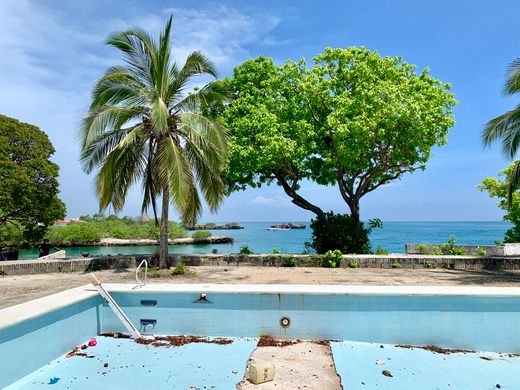
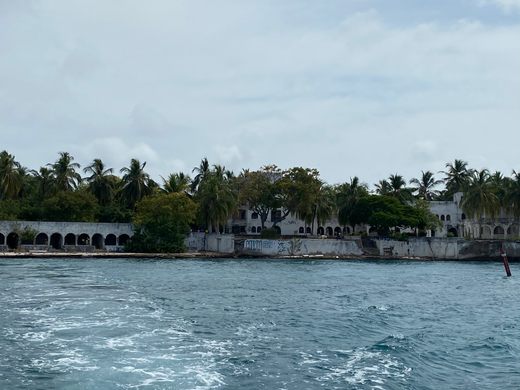
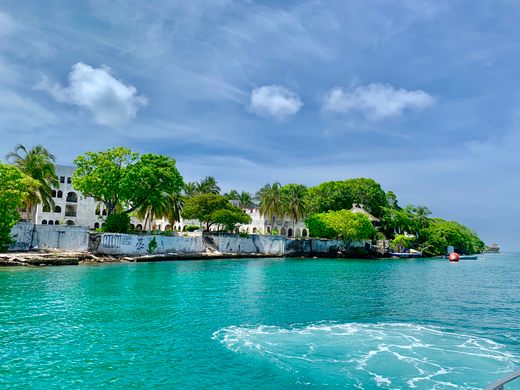
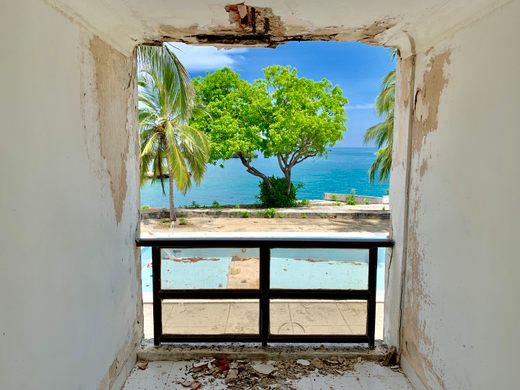











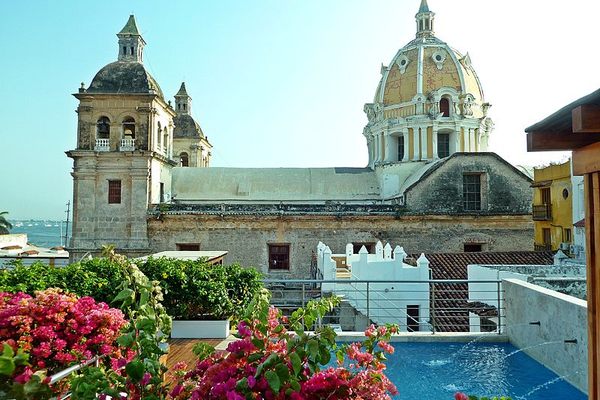






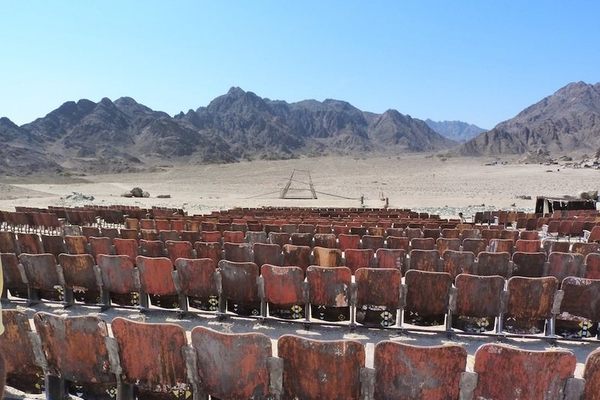

Follow us on Twitter to get the latest on the world's hidden wonders.
Like us on Facebook to get the latest on the world's hidden wonders.
Follow us on Twitter Like us on Facebook